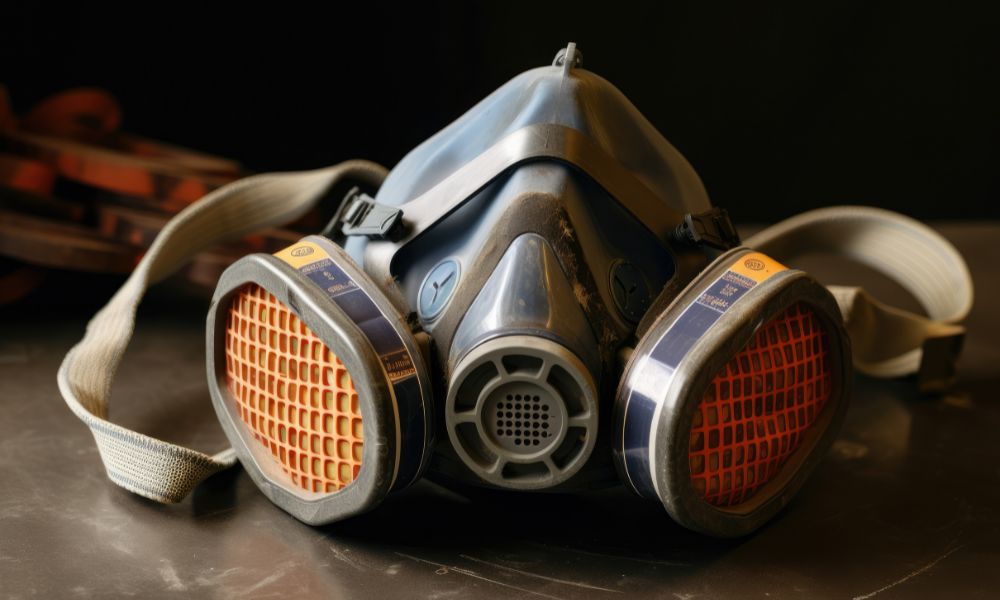Types of Safety Gear Oil and Gas Personnel Need on the Job

Safety is undoubtedly a top priority in the oil and gas industry. To ensure all personnel are safe in every work environment, they should wear protective gear. This blog showcases five critical types of safety equipment that can protect oil and gas personnel from accidents and injuries while working.
Protective Clothing
Protective clothing is the first line of defense when protecting workers from direct hazards. Flame-resistant coveralls, for instance, minimize the risk of burn injuries from flash fires. Steel-toed boots, on the other hand, protect a worker’s feet from falling objects and potential puncture hazards. To ensure the highest protection, selecting garments made from materials that meet industry safety standards and provide workers with a comfortable fit is crucial.
Respiratory Protection
Exposure to harmful gases, vapors, and particulates is a common concern in oil and gas operations. Respiratory protection equipment, like respirators and masks, safeguard a person’s lungs from these dangers. Depending on the specific requirements, you might decide on disposable, half-mask, or full-mask respirators. Managers need to train workers to use, maintain, and replace devices often.
Eye and Face Protection
Facial and eye injuries are serious. Requiring safety glasses, goggles, and face shields can protect an employee from flying debris, chemical splashes, and arc flashes. You should choose the appropriate eyewear and face protection equipment based on the hazards employees regularly encounter.
Hand Protection
Manual labor and the use of tools in the oil and gas industry place workers’ hands at high risk of injury. Insulated and chemical-resistant gloves are two crucial examples of hand protection that prevent burns, cuts, and chemical exposure. Requiring hand protection safeguards employees when handling hazardous materials or performing maintenance tasks.
Fall Protection
One of the most unavoidable tasks oil and gas industry personnel face is working on elevated surfaces. Fall protection equipment becomes significantly more important when workers have to work at high altitudes. When selecting fall protection gear, consider positioning and restraint systems, anchorage points, and compatibility with other safety equipment.
Having the proper safety equipment and tools for oil and gas personnel is necessary to keep the work environment safe and secure. Investing in personal protective equipment (PPE) like fire-resistant clothing, hard hats, and face shields should be on everyone’s priority list to ensure employee safety.
Take precautionary steps to protect yourself, your employees, and their valuable contributions to your operations by investing in appropriate PPE gear and security tools. It’s an investment worth making!





